Table of Contents
- German Shepherd Overview
- Origin & History
- Appearance & Breed Standard
- Personality & Temperament
- German Shepherd Puppies: Training & Socialization
- Care & Living Conditions
- Health, Prevention & Breeding
- Training, Activities & Daily Life
- Nutrition & Weight Management
- Frequently Asked Questions
- Conclusion
- German Shepherd Factsheet
German Shepherd Overview
The German Shepherd is one of the most recognized and popular dog breeds worldwide. Known for its intelligence, loyalty, and versatility, this breed excels as a working dog and family companion. Originally bred as a herding and guard dog, today German Shepherds serve in police, military, search-and-rescue, and also as loving family pets. Their popularity comes with responsibility: they require proper training, exercise, and commitment.

Origin & History
The breed as we know it today was developed in the late 19th century by German breeder Max von Stephanitz. His goal was to create a highly capable, obedient, and resilient working dog. In 1899, the first breed standard was established. Since then, the German Shepherd has spread worldwide and remains strongly associated with Germany as a symbol of work ethic, intelligence, and loyalty.
Appearance & Breed Standard
The German Shepherd is a medium to large dog, strong and athletic. Its body structure is built for stamina, speed, and agility. Distinctive features include a confident stance, upright ears, and a watchful expression.
- Height: Males 24–26 in (60–65 cm), Females 22–24 in (55–60 cm)
- Weight: Males 66–88 lbs (30–40 kg), Females 49–71 lbs (22–32 kg)
- Coat: Short or long double coat with dense undercoat
- Colors: Black with tan, red, or gold markings; also solid black or sable
- Teeth: Strong scissor bite with 42 teeth
Some modern show lines are criticized for exaggerated sloping backs, which can lead to health issues. Reputable breeders prioritize functional, strong builds without overemphasis.
Personality & Temperament
German Shepherds are loyal, courageous, and eager to learn. They form a close bond with their families and, with consistent training, make dependable companions. With children, they are protective and patient if socialized early. Without guidance or stimulation, however, they can become anxious or overactive.
German Shepherd Puppies: Training & Socialization
Puppies are playful, curious, and highly receptive to learning. Early socialization is crucial to help them adapt to people, other pets, sounds, and environments. Training should start with basic obedience, recall, and impulse control.
- Impulse control: Start with calm feeding rituals and rewarding patience. See our guide on impulse control.
- Recall: Practice short recall sessions in safe environments for reliable results.
- Positive reinforcement: Encourage good behavior with praise, treats, and play.

Care & Living Conditions
The double coat requires weekly brushing, and more frequent grooming during shedding seasons. Eyes, ears, teeth, and nails should be checked regularly. This breed is not suited for a sedentary indoor lifestyle. They thrive with space, exercise, and purposeful activity.
Health, Prevention & Breeding
German Shepherds are generally healthy but prone to certain conditions:
- Hip and elbow dysplasia (HD/ED)
- Degenerative spine issues
- Allergies and skin problems
- Heart conditions
Responsible breeders use health testing and structured breeding programs to reduce risks. Regular vet visits, proper diet, and weight management are essential for a long life. Average lifespan is 9–13 years.
Training, Activities & Daily Life
German Shepherds are working dogs at heart. They need structured training and plenty of activities to stay balanced.
- Basic obedience: Teach loose leash walking, reliable recall, and everyday manners.
- Mental stimulation: Tracking, scent games, obedience trials, protection sports, or agility.
- Daily exercise: At least 2–3 hours of activity combined with problem-solving games.
- Fun tasks: Small trick sessions boost focus and motivation.
- Equipment: A sturdy dog collar or harness and a reliable leash are a must for safety in public areas.
Nutrition & Weight Management
A protein-rich, high-quality diet supports muscle strength and overall health. Avoid overfeeding and include treats in the daily calorie balance, as excess weight strains joints and reduces life expectancy.
Frequently Asked Questions
Are German Shepherds good for first-time owners?
Not always. They require structure, training, and ideally some prior experience or professional guidance.
Can they live with children?
Yes, with early socialization and proper boundaries.
How much exercise do they need?
At least 2 hours daily, plus mental enrichment.
Can a German Shepherd be left alone?
Yes, with gradual training. See our guide on teaching your dog to stay home alone.
How long do German Shepherds live?
On average 9–13 years, depending on health, genetics, and care.
Conclusion
The German Shepherd is one of the most loyal and versatile dog breeds in the world. With proper training, exercise, and leadership, they become outstanding family companions and working partners. However, without guidance, they can develop behavioral problems. Experience, patience, and commitment are essential for a balanced relationship.

German Shepherd Factsheet
| Origin | Germany |
| Height | Males: 24–26 in (60–65 cm), Females: 22–24 in (55–60 cm) |
| Weight | Males: 66–88 lbs (30–40 kg), Females: 49–71 lbs (22–32 kg) |
| Coat | Short or long double coat with undercoat |
| Colors | Black with tan or red markings, sable, or solid black |
| Personality | Loyal, courageous, intelligent, hardworking |
| For Beginners | Not ideal – better suited for experienced owners |
| Exercise Needs | High – 2–3 hours daily plus training |
| Care | Regular brushing and basic grooming |
| Health | Prone to HD/ED, spine issues, allergies |
| Lifespan | Approx. 9–13 years |





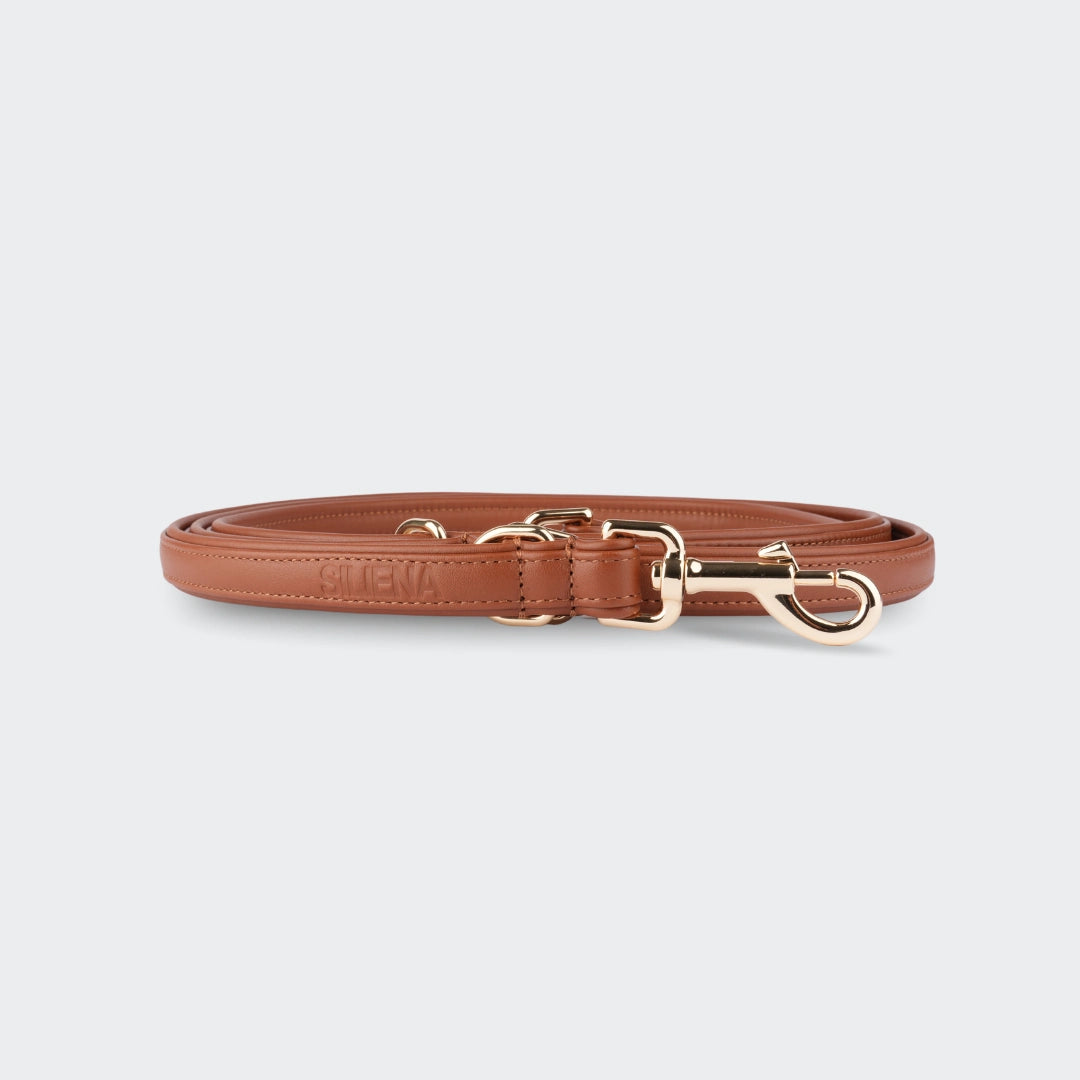
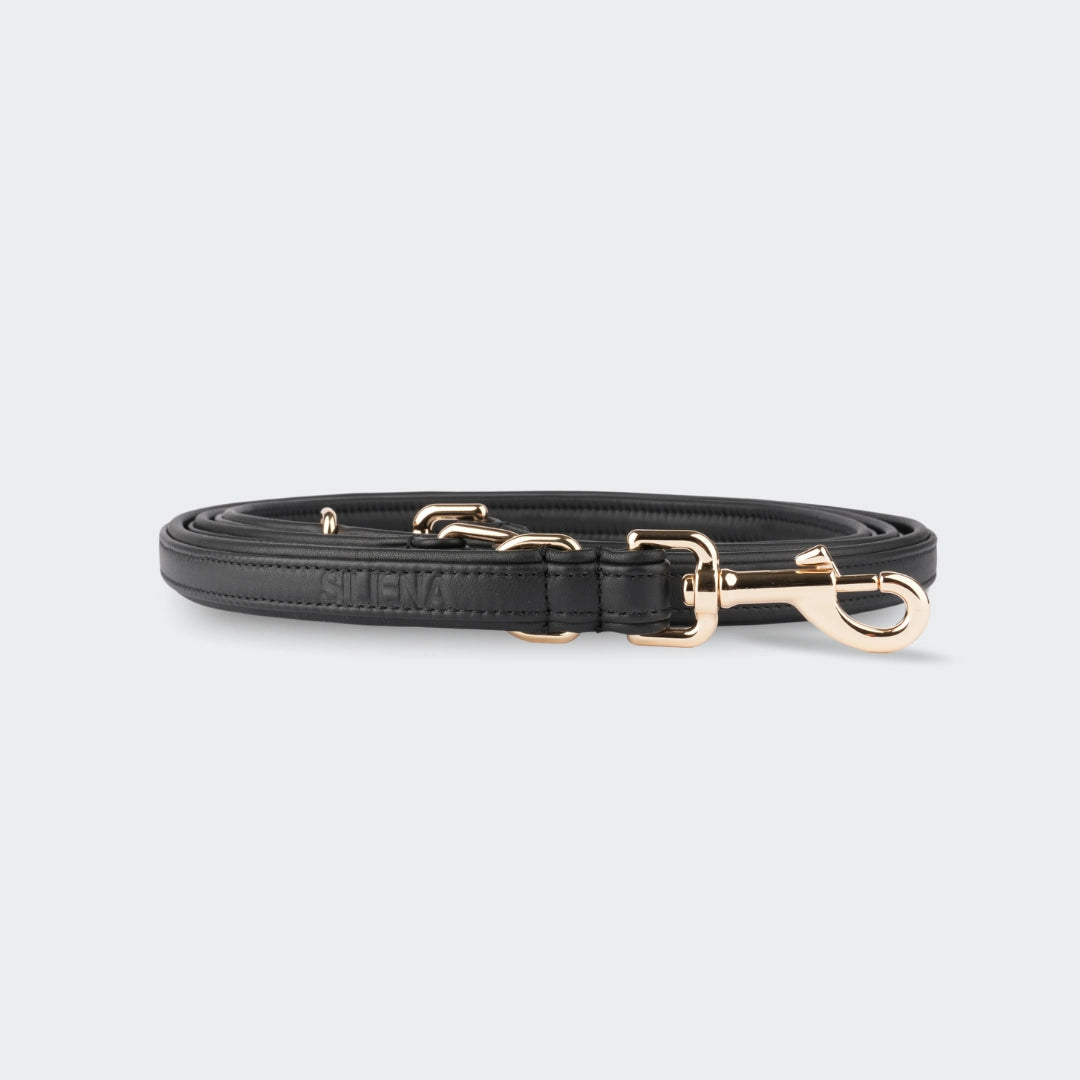











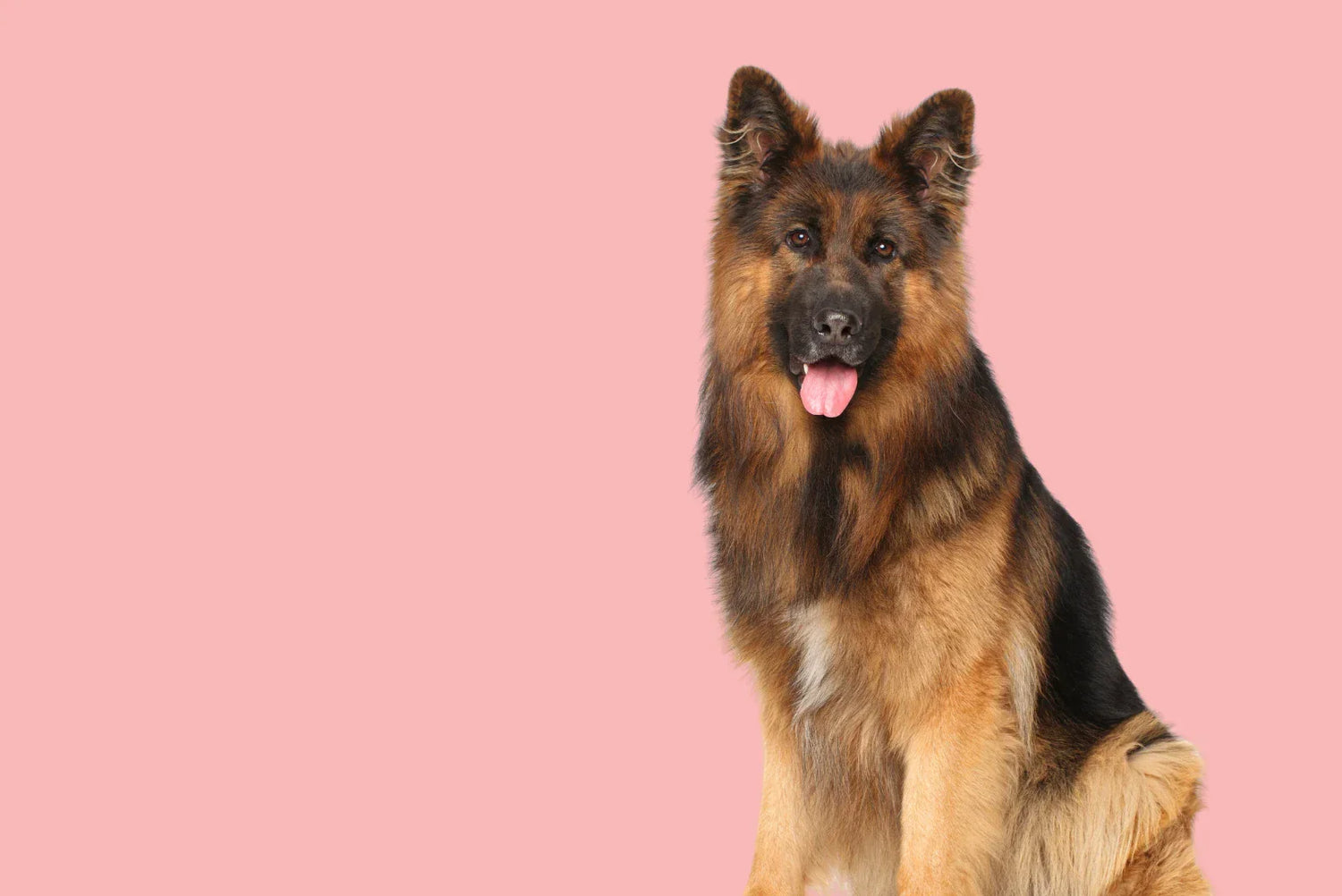
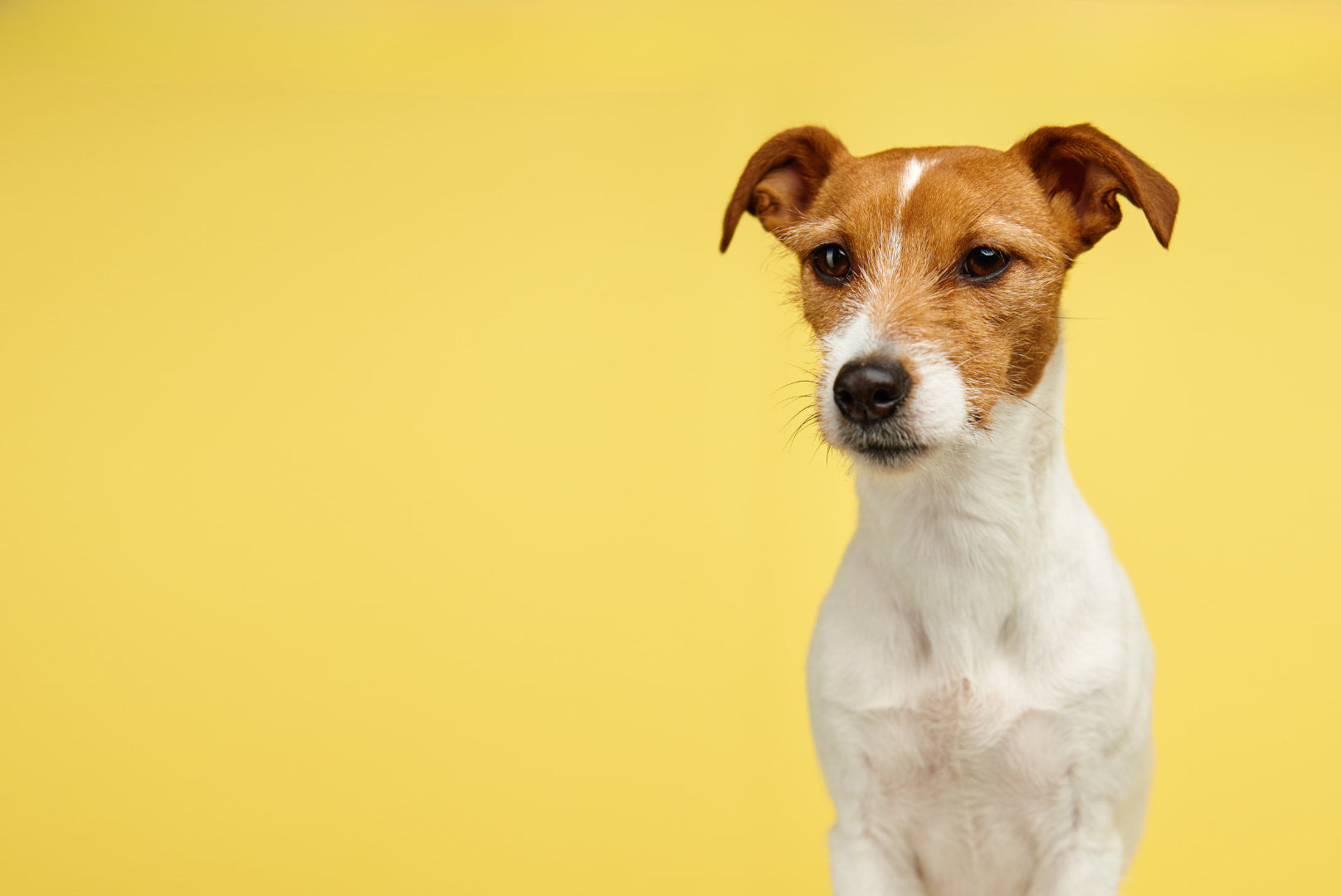
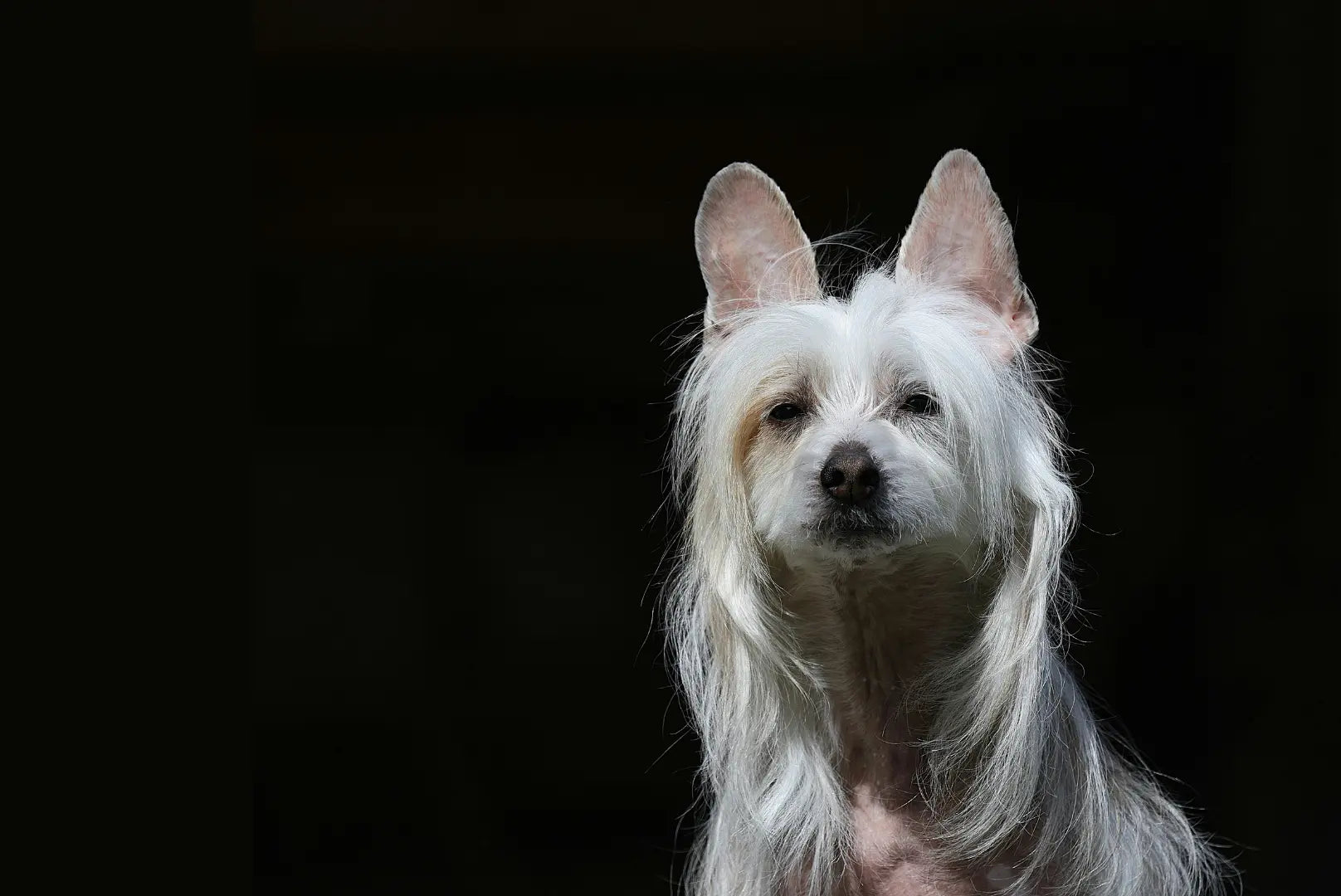


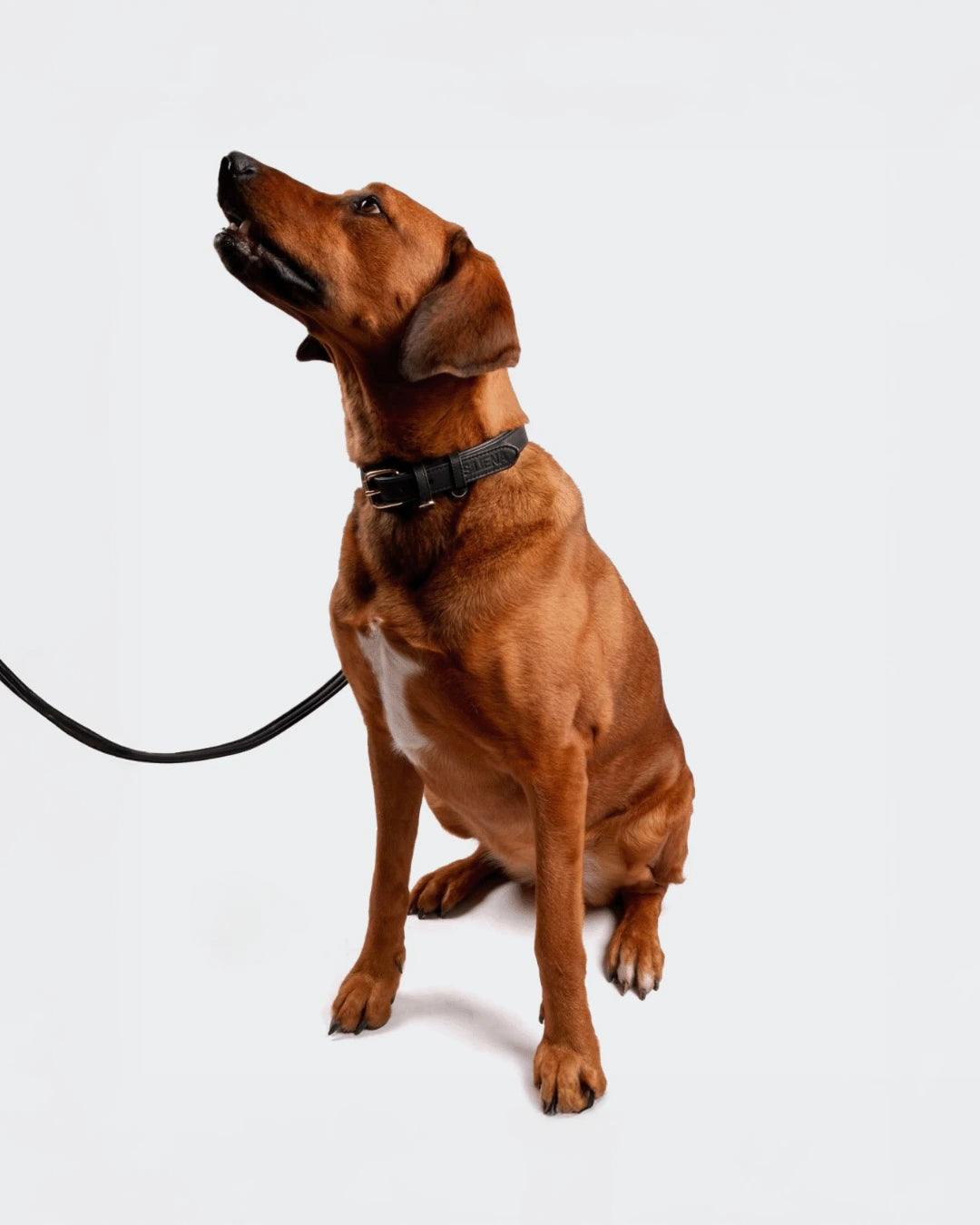
Leave a comment
This site is protected by hCaptcha and the hCaptcha Privacy Policy and Terms of Service apply.